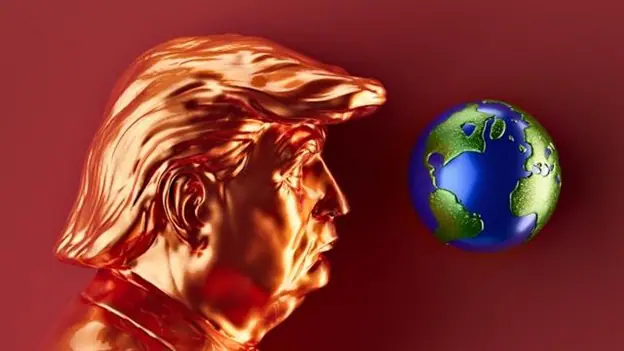The world’s two largest economies just hit the “snooze button” on their trade fight.
On Monday, President Donald Trump announced a 90-day extension of the US–China tariff truce, pushing back a surge in duties that could have turned holiday season imports into luxury-priced goods. China quickly matched the move, pausing its retaliatory tariffs.
The new deadline is November 10, 2025, which is right before America’s holiday shopping frenzy hits full speed.
If the truce hadn’t been extended, tariffs would have exploded to 145% on Chinese goods and 125% on US goods. That’s basically a hike and a trade embargo.
Instead, for now, rates stay at 30% on Chinese imports to the US and 10% on US exports to China. That’s still high, but it keeps electronics, apparel, toys, and other seasonal imports from skyrocketing in price.
For retailers, it is some breathing room. For consumers, it’s a lifeline to avoid paying “luxury pricing” for things like smartphones, game consoles, and holiday décor.
Trump, who has called China “dealing quite nicely” in recent talks, is clearly leaving the door open for a bigger deal. Reports suggest he even pushed Beijing to quadruple soybean purchases, a demand analysts aren’t sure is realistic.
On the Chinese side, officials want more access to high-tech US goods, something Washington has been reluctant to grant, especially with ongoing tensions over fentanyl flows.
Still, the fact that both sides blinked at the deadline shows neither wants a total trade freeze right now. As Xu Tianchen of the Economist Intelligence Unit put it, “the game and confrontation may not be over yet, so there’s still risk.”
Trade data paints a mixed picture:
China’s exports to the US are down 21.7% year-on-year in the latest month, while China’s exports to Southeast Asia are up 16.6%, as manufacturers pivot to friendlier markets.
However, the US trade deficit with China is at its lowest level in over 21 years.
For now, both economies are too intertwined to walk away. But they’re clearly exploring backup plans, China diversifying exports, and the US pressuring China over Russian oil purchases.
Asian stocks and regional currencies rose on the news, breaking weeks of cautious trading. US markets will likely welcome the truce, especially as import-heavy industries gear up for the holiday season.
And for political watchers, the extension adds fuel to speculation about a possible Trump–Xi meeting before the end of the year, if progress continues.
This 90-day extension is a classic Trump negotiation move: push to the wire, secure some concessions, then declare a temporary win.
But it is just that: temporary. The underlying issues, tech access, tariffs as leverage, and strategic mistrust haven’t gone anywhere.
If there’s no long-term deal, November could bring another tariff cliffhanger. And for shoppers hoping for affordable holiday gifts, the difference between a signed trade agreement and a tariff spike could be hundreds of dollars at checkout.



